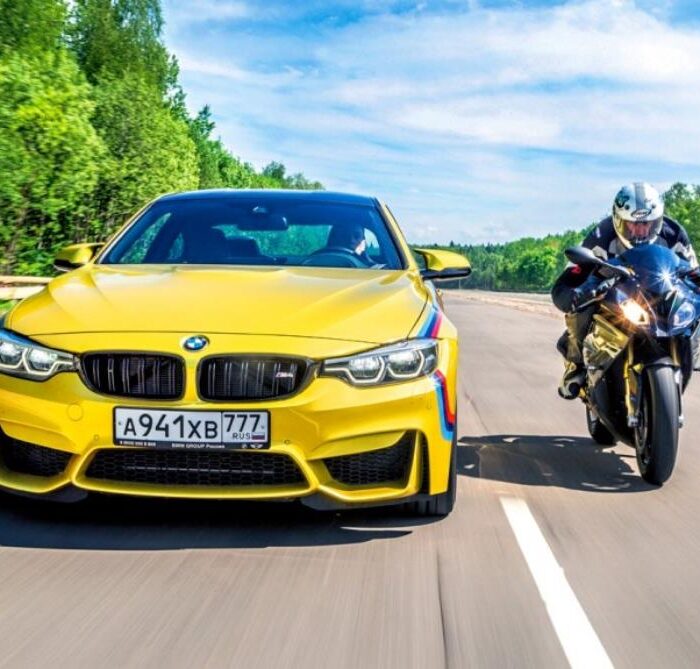The Porsche mid-engined twins have always been a hit with enthusiasts. However, not everyone accepted the transition of the Boxster/Cayman line to supercharged four-cylinder engines with a gruff voice and a little turbo lag. As well as the introduction of the index 718, sort of historically justifying the rejection of six cylinders.
The appearance of the naturally aspirated six-cylinder 4.0 on the Cayman GT4 and Spyder that started last year was predictable. But its implementation on the lower versions of the GTS came as a surprise. Although this move fits well with the new rule for GTS cars, according to which they get detuned engines from older models. Like, for example, the Panamera in 2018 or the updated Macan GTS, which I will briefly talk about at the end.

The jump from half a gallon to 0,8 and from 365 to 400 hp completely erases the supercharged version of the GTS that has existed for a couple of years and makes me mentally return to the naturally aspirated GTS of the 981 generation. This is the Cayman I drive fast in the Russian amateur Porsche Sport Challenge series, therefore, I can easily determine the genes that the 718 GTS 4.0 inherits.
Perhaps most surprising about the new four-liter 9A2 engine is that it is based on the six-cylinder 3.0 twin-turbo that debuted in the Porsche 911 during the 2016 facelift. It’s quite unusual to see a three-litre turbo turn into a naturally aspirated 4.0, but that’s exactly the way Porsche engineers have chosen.
Compared to the top models GT4 and Spyder, for which Porsche GT department is responsible, the engine here is detuned by 20 h.p. and gives out its 400 forces at 7000 rpm instead of 7600. Here, the cutoff is shifted from 8000 revolutions to 7800. The maximum torque (420 N•m at 5000 rpm) remains the same, but its curve begins to decline from six and a half thousand, while the GT4 and Spyder take a little longer, up to 6800. Fabian Zink, who is responsible for the powertrains of the Porsche 718 and 911, assures that all changes are achieved using software.
On paper, it looks like the motor is stifled and less exciting. And how can one not recall the sad example of the 3.8 engine from Carrera, which ended up in the GT4 and Spyder 981 series… Fortunately, this time it worked out. The four-liter engine rushes to the redline with a ferocity that leaves no room for regret. One can only wish that the limiter worked later. But it means that on the way to the cutoff, everything is going as it should. I’ll say more. Leaving you just a few minutes to compare the GTS 4.0 and GT4 versions, I doubt you’ll notice a difference in power at all.
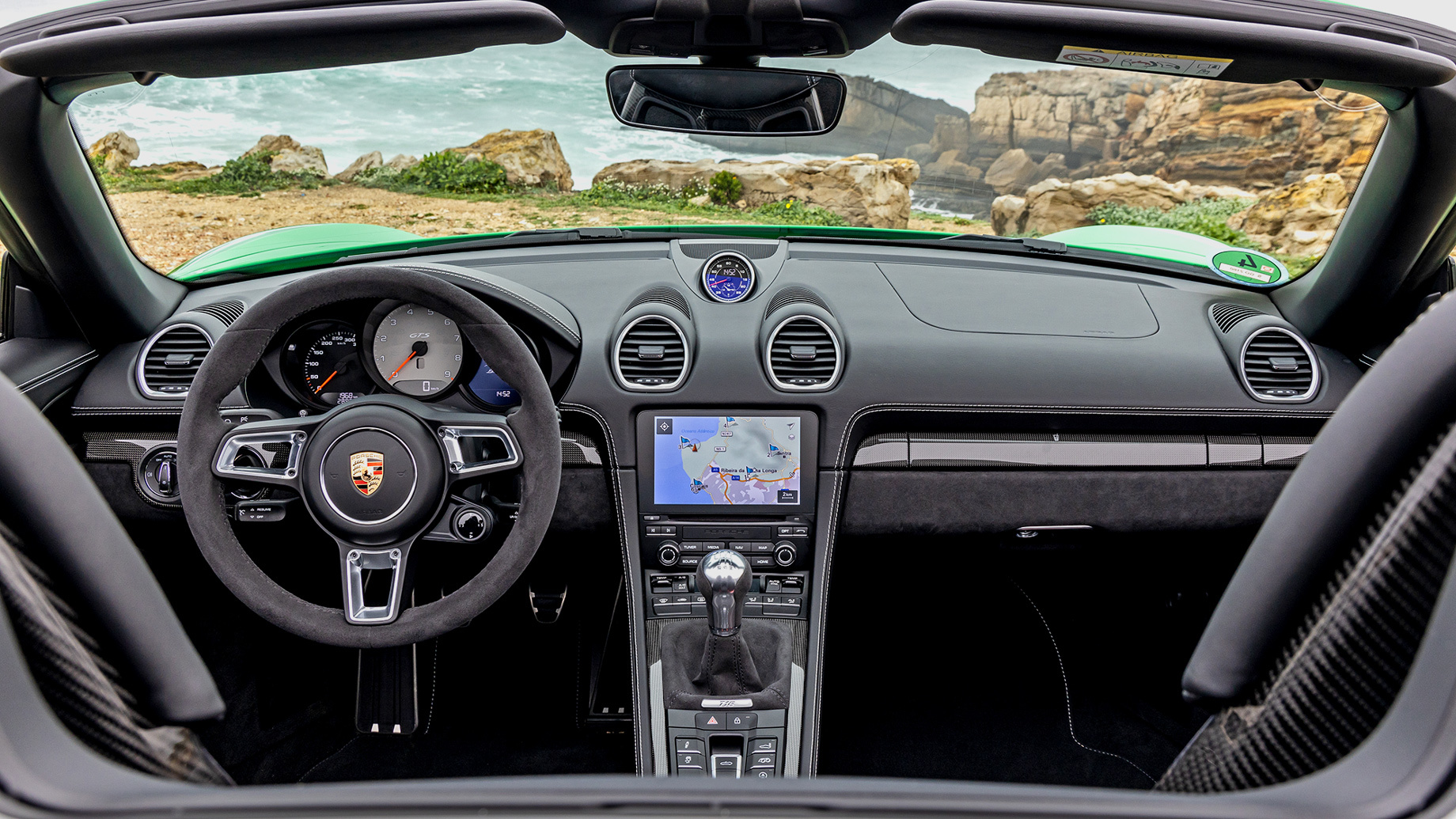
As befits a naturally aspirated Porsche boxer, the engine responds to the gas at the speed of an electrical discharge. Which is not even a metaphor in the age of wire-controlled throttles. There is no noticeable delay between the movement of the floor accelerator and the precisely measured acceleration impulse. From 3000 rpm, four liters are already pulling strongly, followed by a pronounced pickup at five and a half thousand, and in this most meaty part of the range, the pressure does not subside until the tachometer needle collides with the limiter.
It’s the same six-speed transmission that I’ve known and loved since the introduction of the 981 in 2012. There are very few mechanical sports cars left in the world, and it is the Porsche transmission that deserves a long life. Each switch is a manifestation of mechanical precision. The feedback is reference, the effort required by the clutch is perfectly matched. The selection of gear ratios is an old problem. Calling them long is like saying that Indians love spicy food. The second gear seems endless. It is possible to break the speed limit on almost any road without reaching the cutoff. This is absurdly long: including the third, I see almost 87 mph!
But it’s just as absurd to grieve over it. The better the car, the more desperately journalists look for imperfections that allow their articles not to look like advertising. In reality, you quickly adjust to this feature, using first gear a little longer than usual. Especially since automatic throttle control in Sport+ mode allows you to keep your foot on the accelerator when shifting up.
Since the good old 981s, produced from 2012 to 2016, emissions and noise standards have become much tougher. The law requires new cars today to be much cleaner and quieter. With legally tied hands, the naturally aspirated Porsche 982 cannot sing as loud and clear as its six-cylinder predecessors. But recall: everyday Porsches have never been as loud as they were in the 2010s. For example, the Carrera S of 996 or 997 series were not even close to the 991, equipped with a factory sports release. The same goes for the 986 and 987 mid-engined models in relation to the 981. And since even stricter rules will be adopted in the future, let’s enjoy the present.
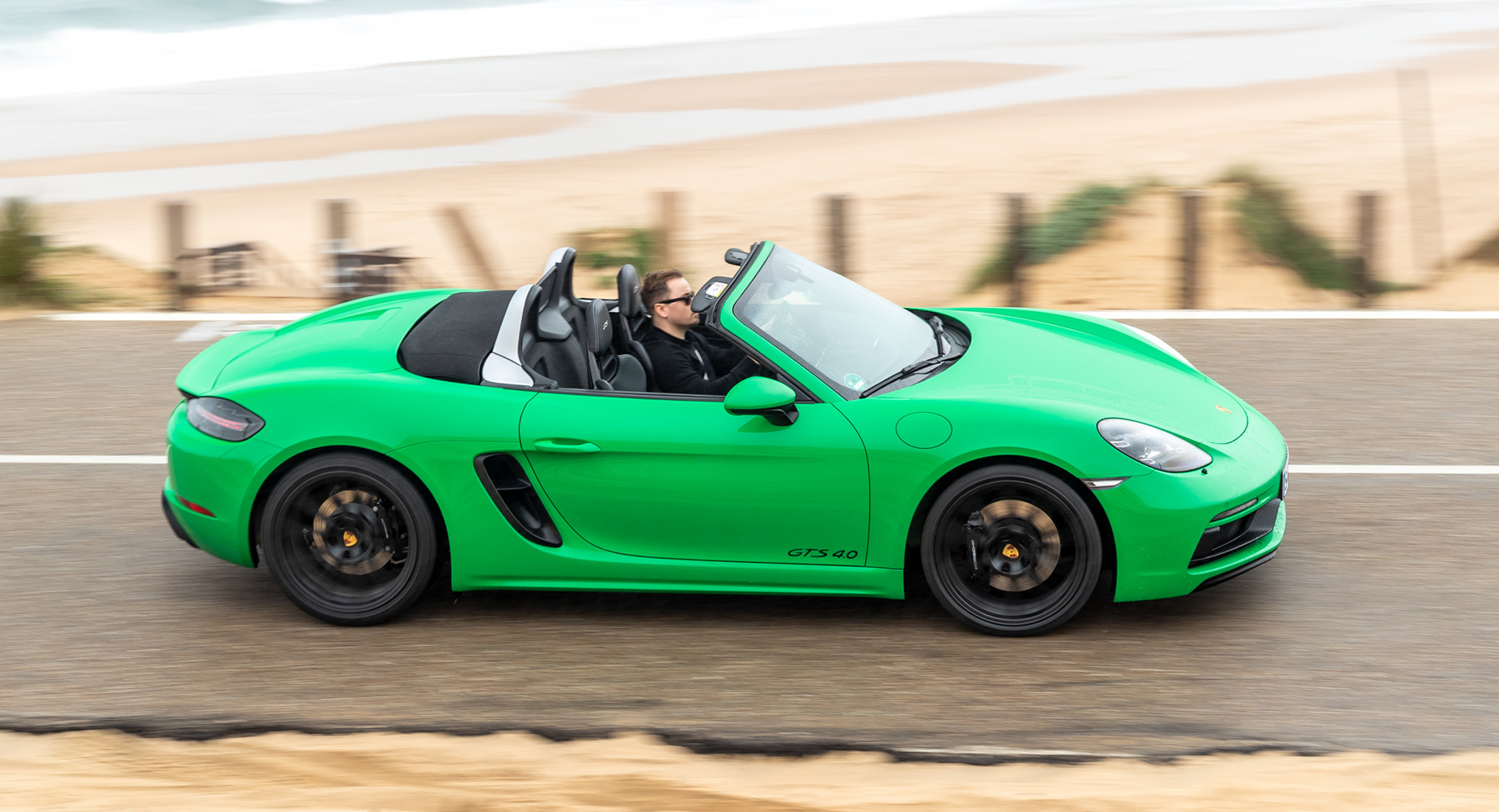
In my opinion, those who criticize the new sound of the 718th exaggerate the loss of charisma. The six-cylinder still has enough vocal talent to make you forget the 718 GTS was once a four-cylinder. Even if you hear it only when you are in the car, a few inches from the air intakes and the engine itself. If the goal is to make some noise on the streets with luxury stores, don’t get your hopes up. A modest exhaust sound is not able to attract much attention.
Nevertheless, even against the background of the old aspirated 9A1, the new 9A2 4.0 sounds advanced and accurate. And when 718 owners inevitably start to modify the exhaust system, its powerful sound will finally rid us of nostalgia and bring the 718 engine a little closer to perfection, which I consider the six-cylinder one of the GT3 with sports roots. Although, of course, the 718th can only dream of its 9000 rpm in a nightmare about twisting. And by the way, even if the new motor withstands them, the control unit will record the incident, and the cack-handed owner may lose the warranty…
The chassis has not changed compared to the four-cylinder models. Versions of the GTS default to electronically controlled dampers and short springs that reduce ground clearance by 0.4 inches. The new aspirated engine is 24.5 lbs heavier than the 2.5 turbo engine, but they simply turned a blind eye to this difference, as well as to the paltry differences in weight distribution. There must be advantages to the fact that the 718th uses rather simple McPherson struts “in a circle” in contrast to the 911, with its demanding rear multi-link price with the Millenium Falcon…
For the road section of the test, I choose the Boxster GTS 4.0, since the weather allows the roof to be lowered. It is on ordinary asphalt that Porsche reveals itself. A slight lack of grip on the drive wheels, noticeable on the track, does not matter on the serpentine. You are not chasing seconds, but just having fun. If the roadster slips, it does not scare – the car thus supports assertive aerobatics. The perception of the steering wheel is fantastic, although electric power steering systems sometimes suffer from a lack of feedback.

The engine in the base means a small inertia of rotation around the vertical axis – the car changes direction without much effort, like a superhero. Understated by 0.8 inches, the chassis is very collected and tolerant of bumps. In sport mode, the adaptive dampers are a bit stiffer. However, driving comfort here in any case is relative. If you switch to the GTS from the Audi Q7, the Porsche will seem supremely hard and harsh. But for a sports car of this range, the Boxster offers an unexpected level of comfort.
On the legendary Estoril track, the closed Cayman GTS 4.0 makes itself at home. Of course, my racing experience with the 981 also plays a role here. Nevertheless, I never cease to be amazed at how friendly and predictable the steerability of this car is. And even though the instructor’s 450-horsepower Carrera S easily leaves me at the exit of a sharp turn, I close the gap as soon as the technical twisty part begins.
Change of direction is effortless with minimal steering effort. It feels like the Cayman just reads minds, moving in close bundles. The optional carbon-ceramic brakes feel amazing. By pressing the middle pedal, you get both a powerful initial bite, and a logical change in effort, and endurance. However, I’ll say from experience: standard cast-iron ones are also not made of chipboard and will provide you with 98% of the capacity of composite ones.
On a track where tight corners are rare, the long gear ratio works great. Particularly successful is the selection from the third stage to the fifth. The fifth is enough for the entire starting straight, and I am very impressed with the acceleration rate after 120 mph. And for hardcore manual transmission foes, Porsche offered the GTS 4.0 with PDK in the second half of 2020. The robotic box will seriously adjust the dynamic performance.

For now, the declared acceleration time to 60 mph does not exceed four and a half seconds. It’s fast enough, but doesn’t make much of an impression these days. The preselective gearbox with launch control can easily remove half a second, and in real conditions the two-pedal 718 GTS will drive from four. It will be faster than Carrera, and the price stratum between them will be reduced but not as much as you’d expect.
Do GTS 4.0 models have obvious competitors? In some markets, I don’t see compact, naturally aspirated mid-engined sports cars with manual transmissions. Even if you look more broadly (after all, the Supra got strong, like the M2 Competition, BMW succeeded in the Z4 roadster), Porsche is in a segment that is stagnating at its best, and at the worst experiencing a terminal decline. Sports cars don’t sell as easily as they used to. The car needs to be elevated and exciting for the buyer to sign all the dotted lines. Porsche succeeds.
However, I see the potential primarily in the Boxster GTS 4.0, because it has the least overlap with what Porsche already offers. The Boxster Spyder is not for sale here, and even if it was for sale, few people want to mess with its complex roof. In addition, the GTS is not limited in the choice of colors and options. The fresh BMW Z4 is just as fast and cheaper. But it is impossible to order it with a manual transmission, and most importantly, this is, in fact, a car of a different era, there is not even a hint of the conservatism inherent in the Boxster, which is dear to my heart.
The Cayman GTS 4.0 has a narrower target audience. Coupes are traditionally bought by those who drive harder and hit the track from time to time. However, many potential customers of the GTS version may prefer the Cayman GT4. And the release of the RS-car with PDK will make the GT4 line even more attractive and, by the way, will make it more difficult than ever to choose between a push-button Cayman and a touchscreen Carrera…
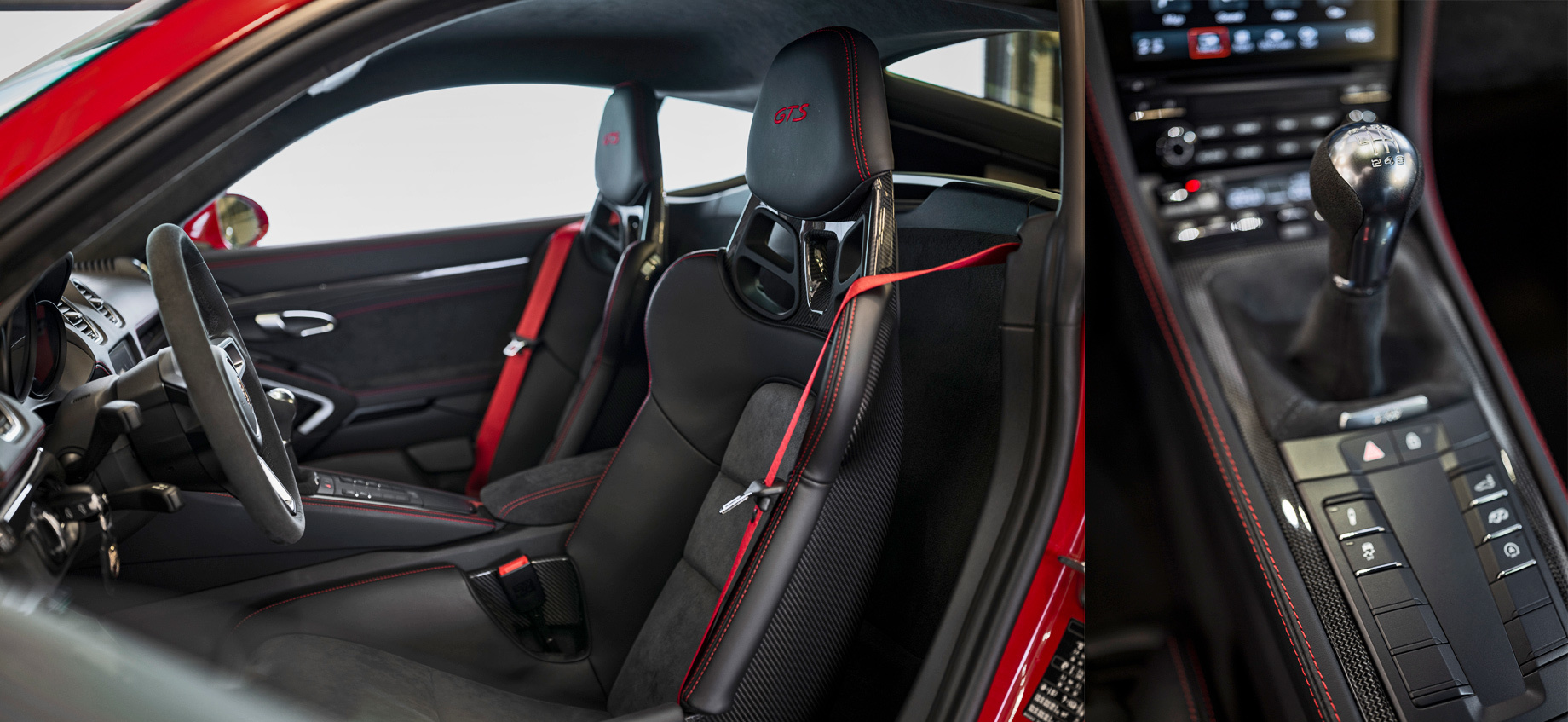
And what awaits the four-cylinder Caimans and Boxsters? The 718 GTS with 365 hp 2.5 turbo engine has been discontinued — at least for Western markets. You can order both a 300-horsepower two-liter version and a 350-horsepower S. Although the latter fell into the risk zone due to the proximity of the GTS 4.0 modification. The base 718 is very competitive in those countries where the tax rate depends on the working volume. For example, in Italy or China. Actually, for the sake of the Celestial Empire, Porsche downsizing was started. Without Chinese demand, the story of mid-engined twins could have ended with the 981 series.
In turn, we owe the appearance of aspirated 4.0 to the Americans, who did not accept four cylinders. Overall Cayman and Boxster sales have fallen from 7,292 cars in 2014 to 3,880 in 2019. Well, if you’re as persistent as that, it’s possible that this engine will find its way into the 992 as well, such as in the purist Carrera T. The 420 hp output would have been enough for the heavier 911 to overtake the previous generation T-model, which managed 370 “horses”. We, journalists, will surely like it, as will the GTS 4.0. And how could it be otherwise?
We must remember that the 718s and 911s are very different cars. The Carrera is a truly everyday car and is evolving further towards a comfortable Gran Turismo. The Cayman and Boxster are old-fashioned two-seat sports cars. If you’re looking for smile-per-mile duration, if you value driving pleasure without regard to passport numbers, I’m not sure there’s anything better on the market today than the GTS 4.0 family. Not for this money. And if you just have a good time on ordinary roads, why not choose a car in which you can also lower the roof? Following this logic, I would choose the Boxster GTS 4.0.
Another one GTS
In conditions of severe time trouble, I managed to drive the updated Macan GTS. It differs from the pre-style version primarily in the engine. Instead of a slightly boosted three-liter V6 turbo engine from S, a more advanced 2.9 engine from Turbo is used here, strangled to 380 hp. and 520 N•m. This twist opens up new possibilities for those who don’t mind risking their warranty for a lavish chip-tuning. Although I wouldn’t say that the standard Macan GTS lacks power: when starting from launch control (and the Sport Chrono package is “in the base” here), it can reach 60 mph in 4.7 seconds.
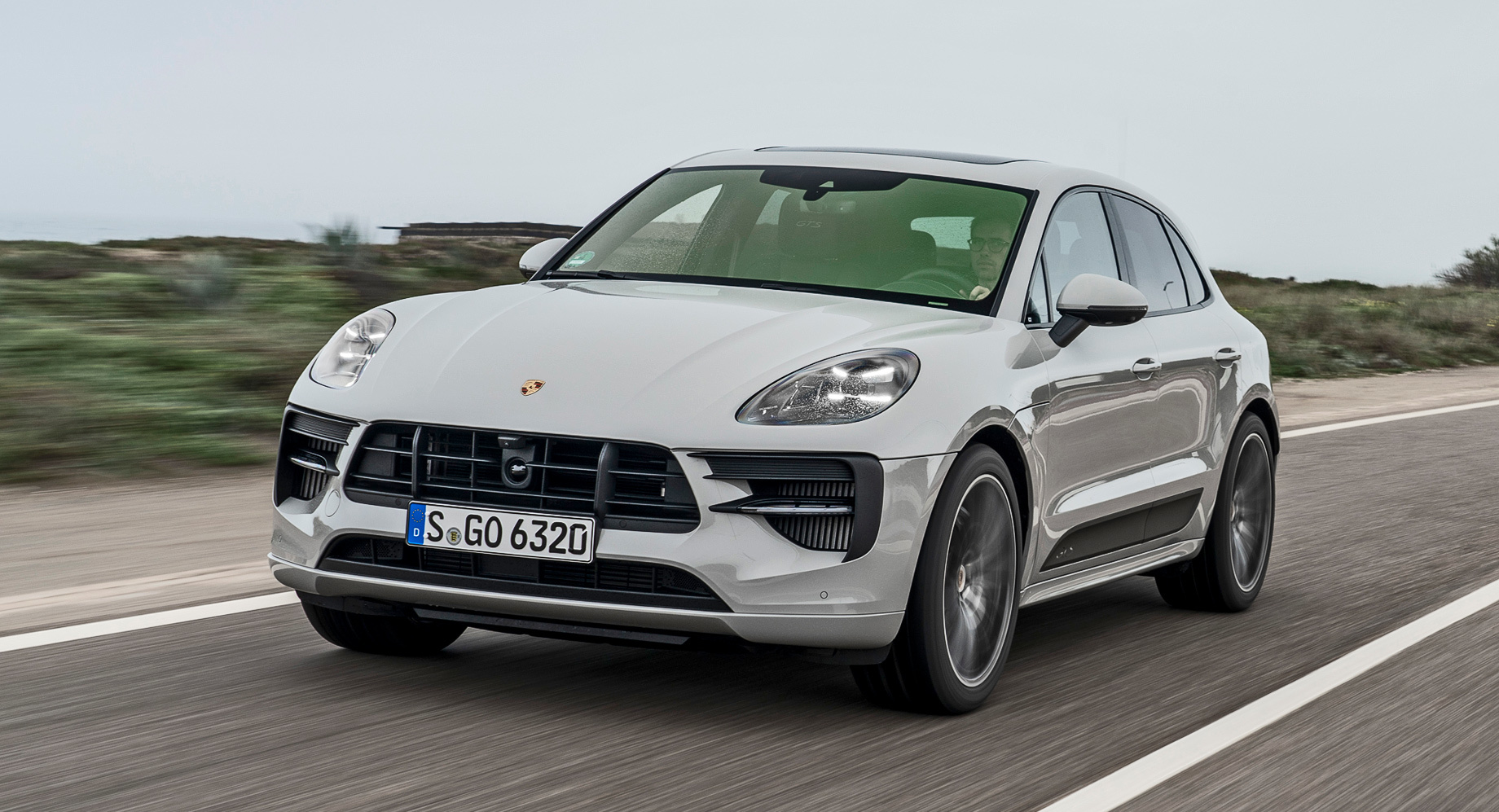
I don’t feel a big difference in the character of the car with the 2.9 engine compared to the 3.0 version, but since the diesel particulate filter has become mandatory for gasoline engines, the sound has weakened. Although in the cabin it is still quite pronounced. As soon as you start moving, it becomes clear that you are driving one of the sportiest SUVs in the segment.
It’s a fact that up to 2500 rpm the engine is basically dead, but there’s no reason to keep it there. Fortunately, the response to the fuel supply is excellent for a turbo engine. And it does not consume the entire stock of traction at once at medium speeds. Besides, few people will appreciate its impressive range, since the driver of such a car, as a rule, keeps the robotic box in automatic mode only. But it is easy to see that the power does not drop as you approach the cutoff.
Despite the age of this version of the MLB platform, the Macan is still very well controlled. This is still the only crossover in the world with which I completely forget about its compromise nature. Of course, there are sport-SUVs with better accelerating dynamics. But I have not driven one that can navigate a winding road with the ease and precision of a Macan GTS yet. That said, even without air suspension (which wasn’t available on the test vehicle), it manages to stay comfortable — certainly by the standards of a car that clearly isn’t trying to be super-soft and comfortable.
The Macan interior feels a little dated to some, but to others it’s an oasis in a desert of lifeless touch panels. In any case, like other versions after restyling, the GTS received an extended touch screen, more convenient when using navigation. Like the Boxster or the Cayman, the GTS trim package is accented with Alcantara. Again, this is not very practical. I would leave the steering wheel leather at least…

Despite the lack of time and the short route, I’m impressed with how Porsche manages to update a not-too-fresh model with only minor changes. Macan is a clear example that a successful product can successfully live a long life with a minimum of intervention. In my opinion, both the entire family as a whole and the GTS version in particular, as a result of careful restyling, have become more attractive to people who are going to join the brand. However, if you already have a pre-styled Macan, you are unlikely to choose a new one.
This is a translation. You can read the original here: https://www.drive.ru/test-drive/porsche/5e4c36a3ec05c4db10000000.html

Published February 09, 2023 • 12m to read



